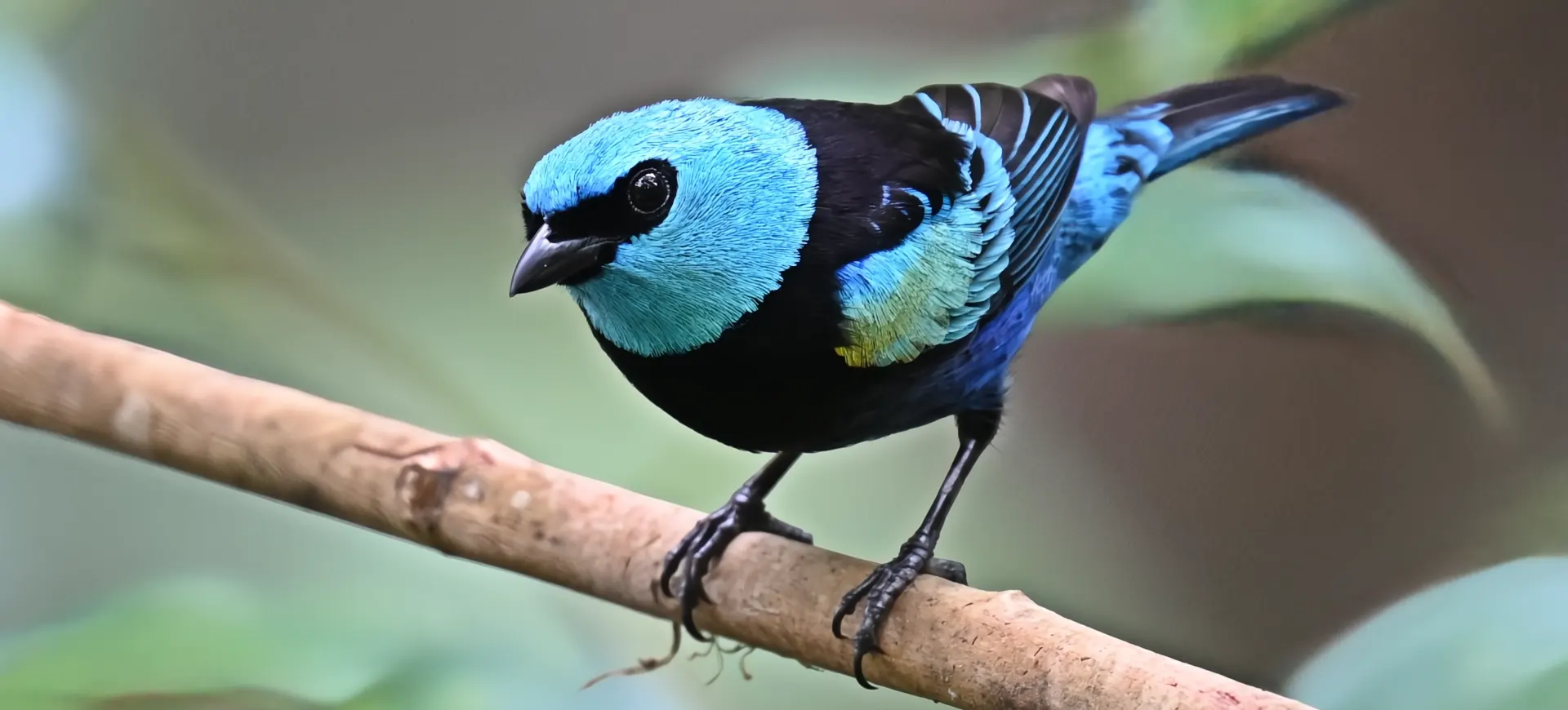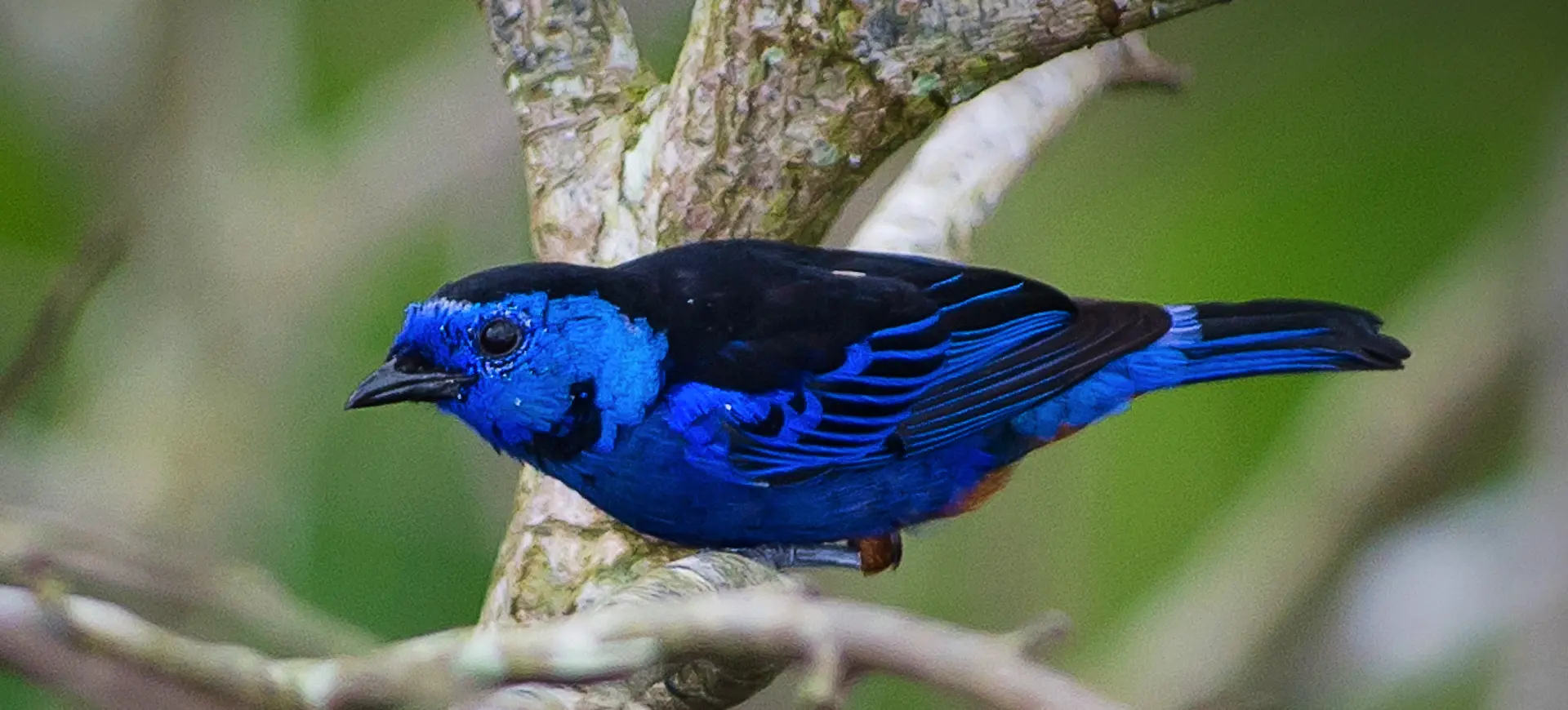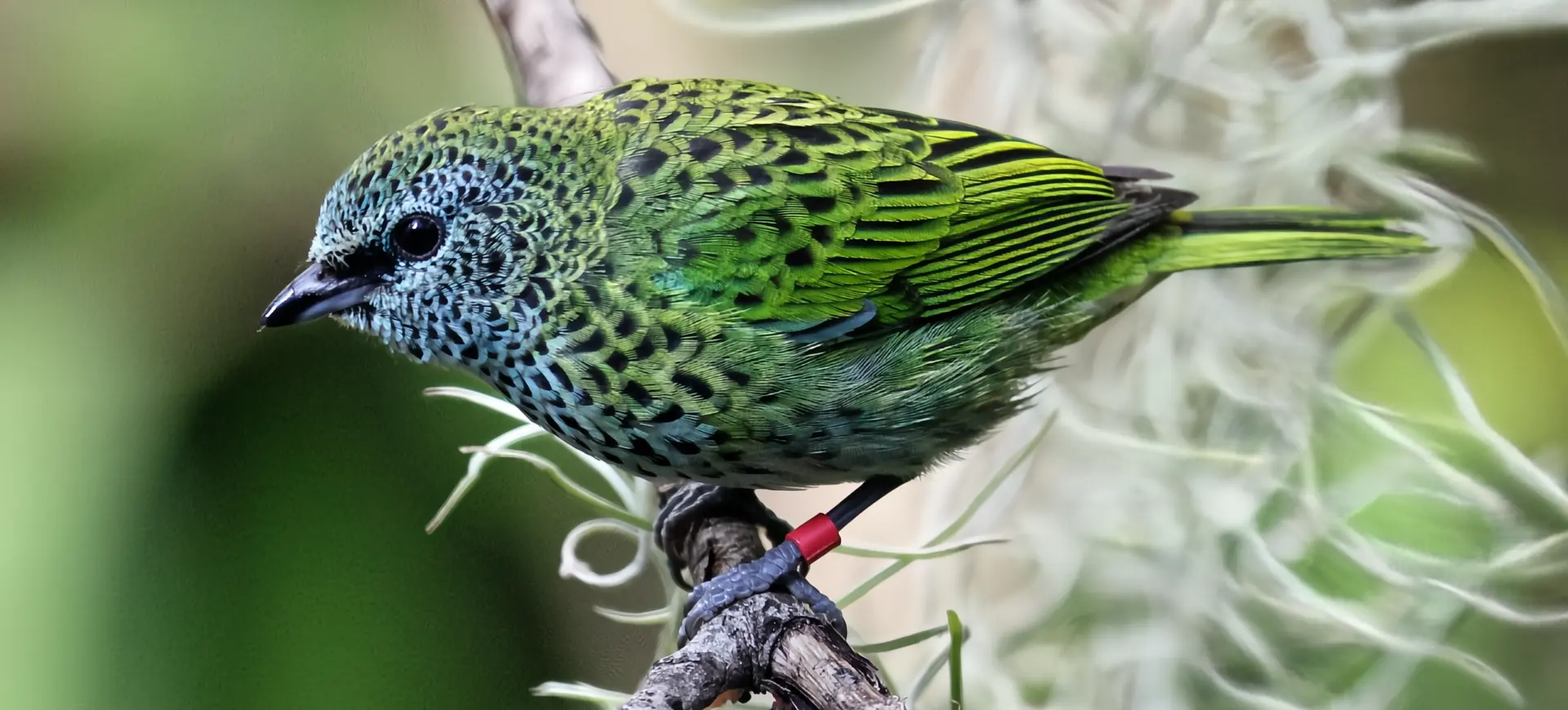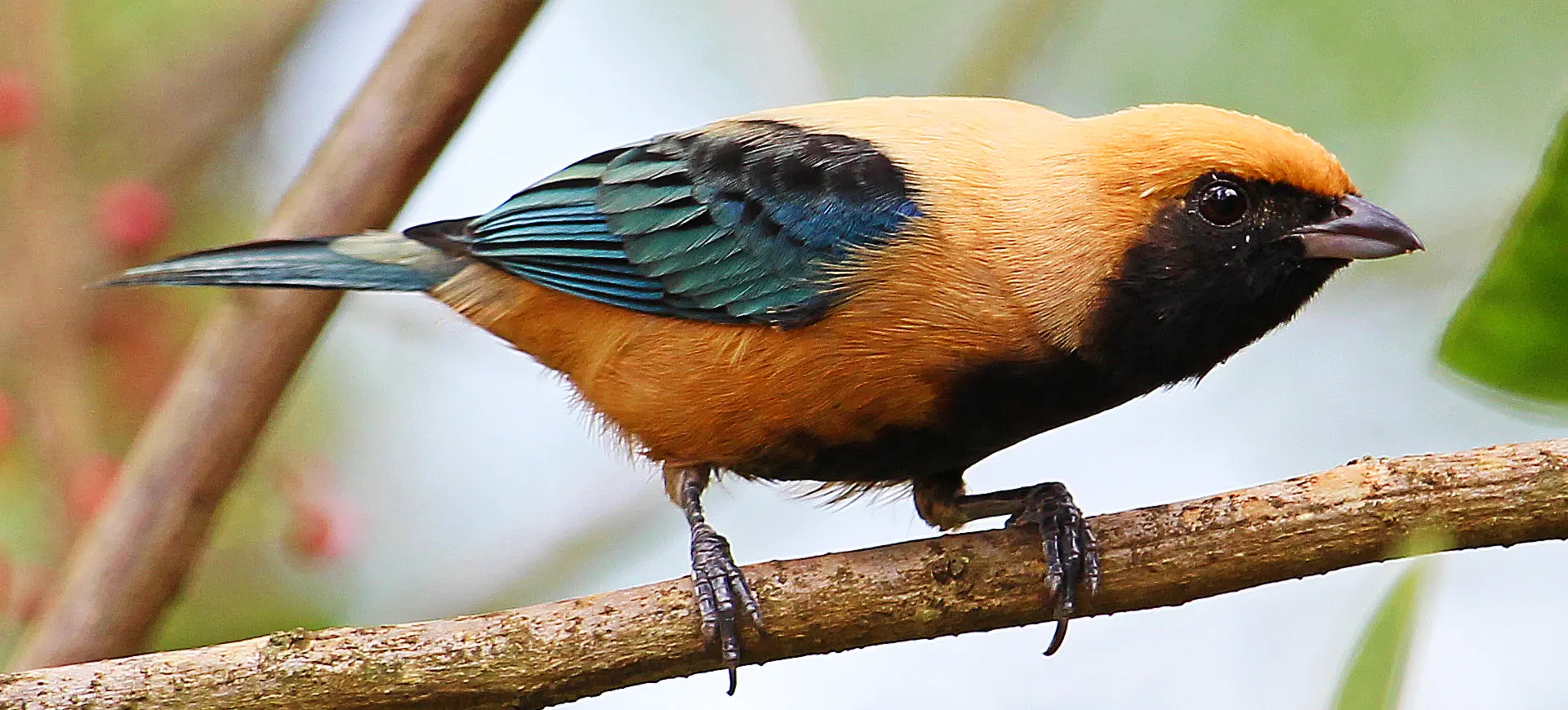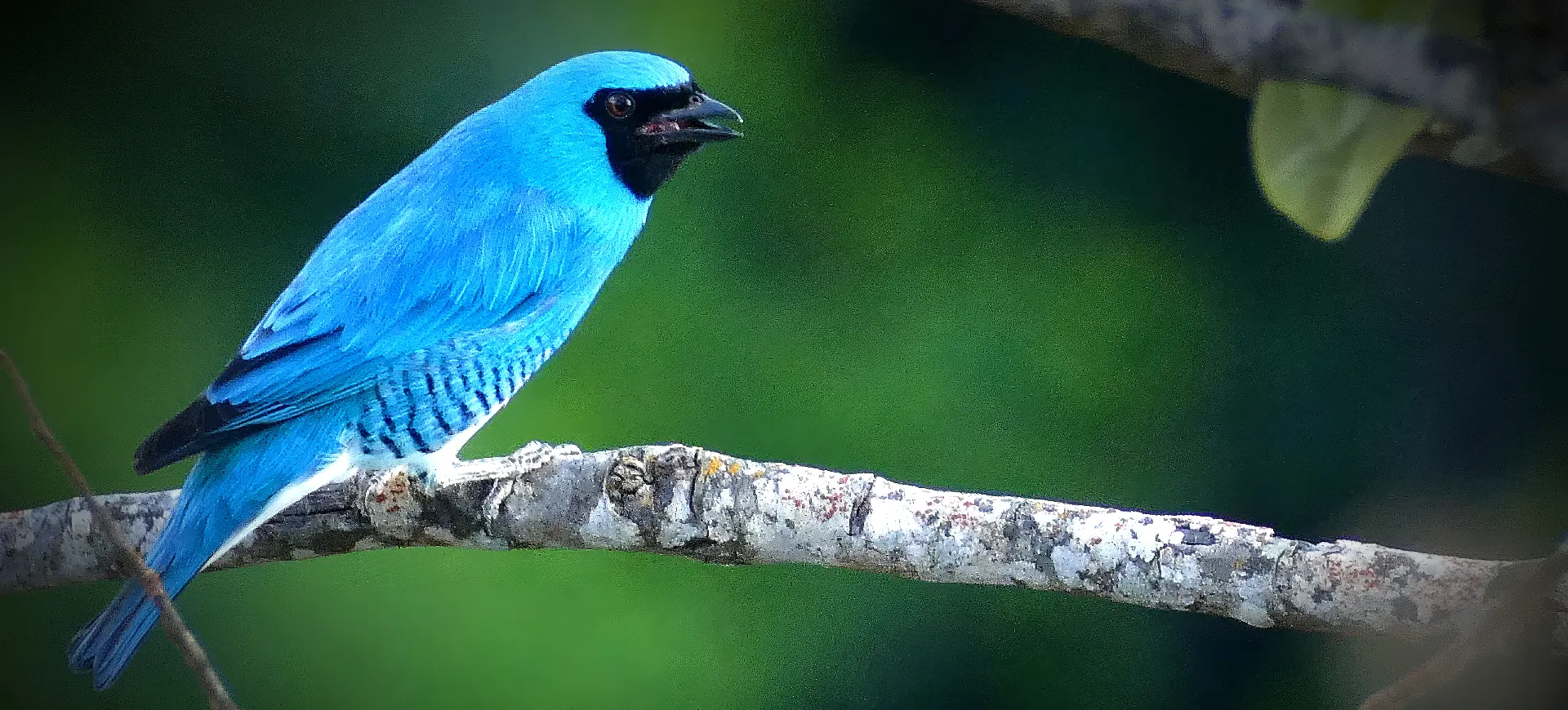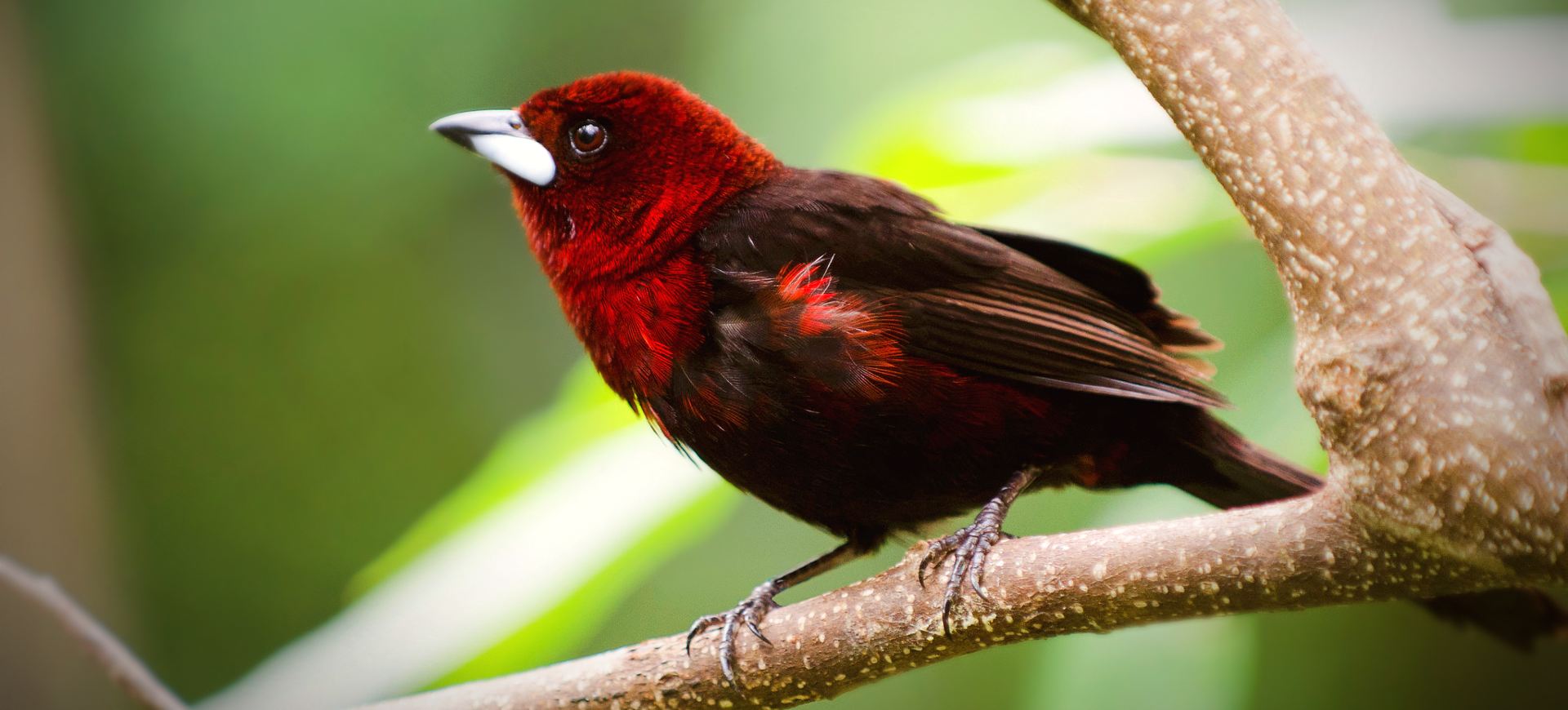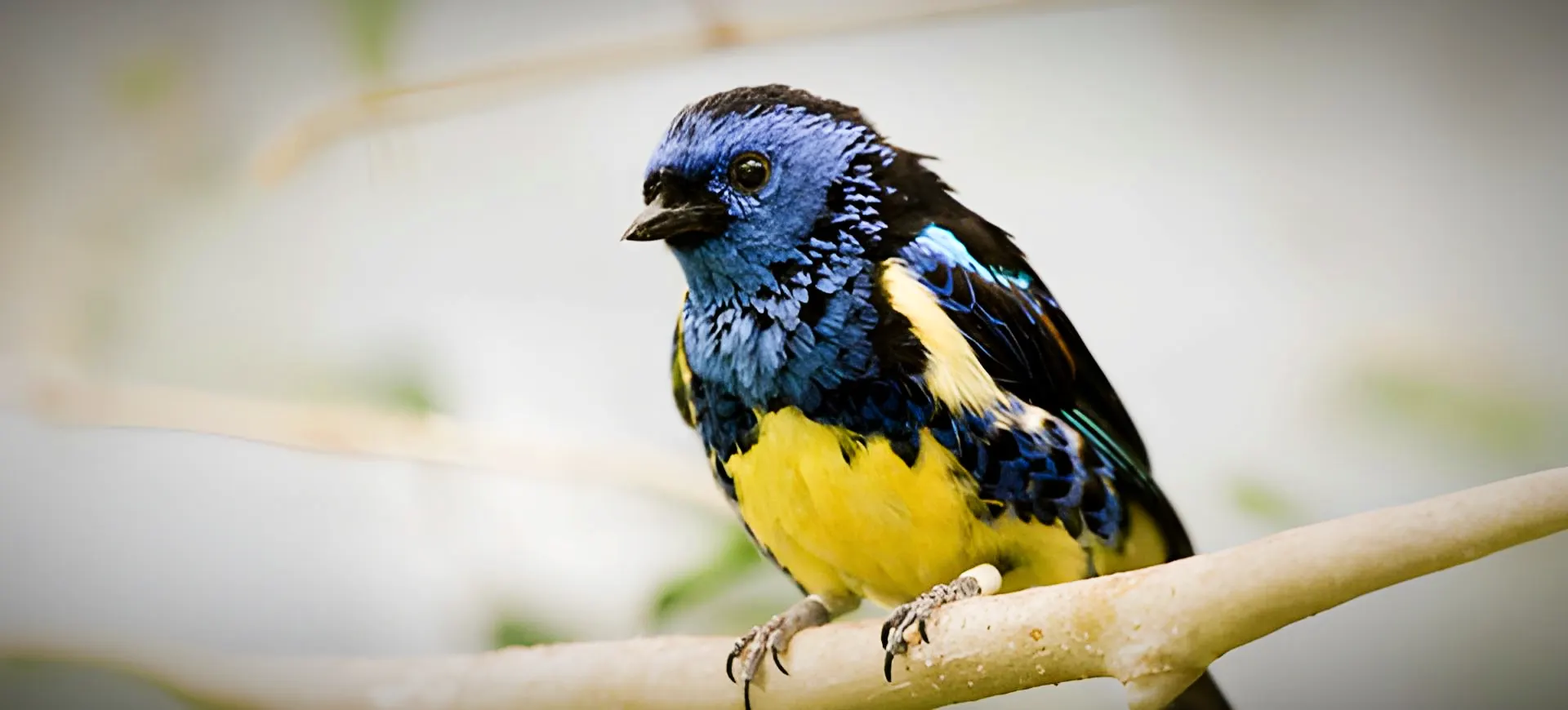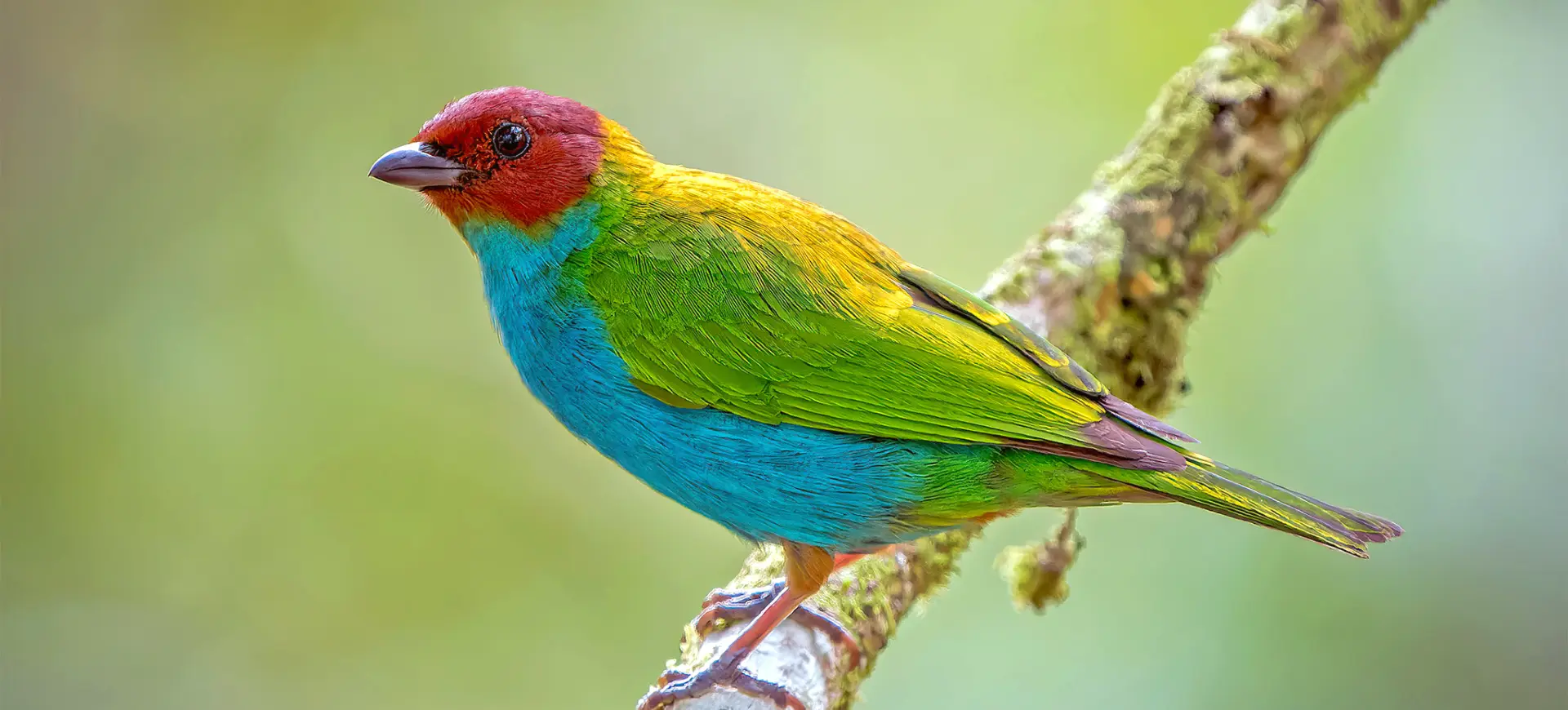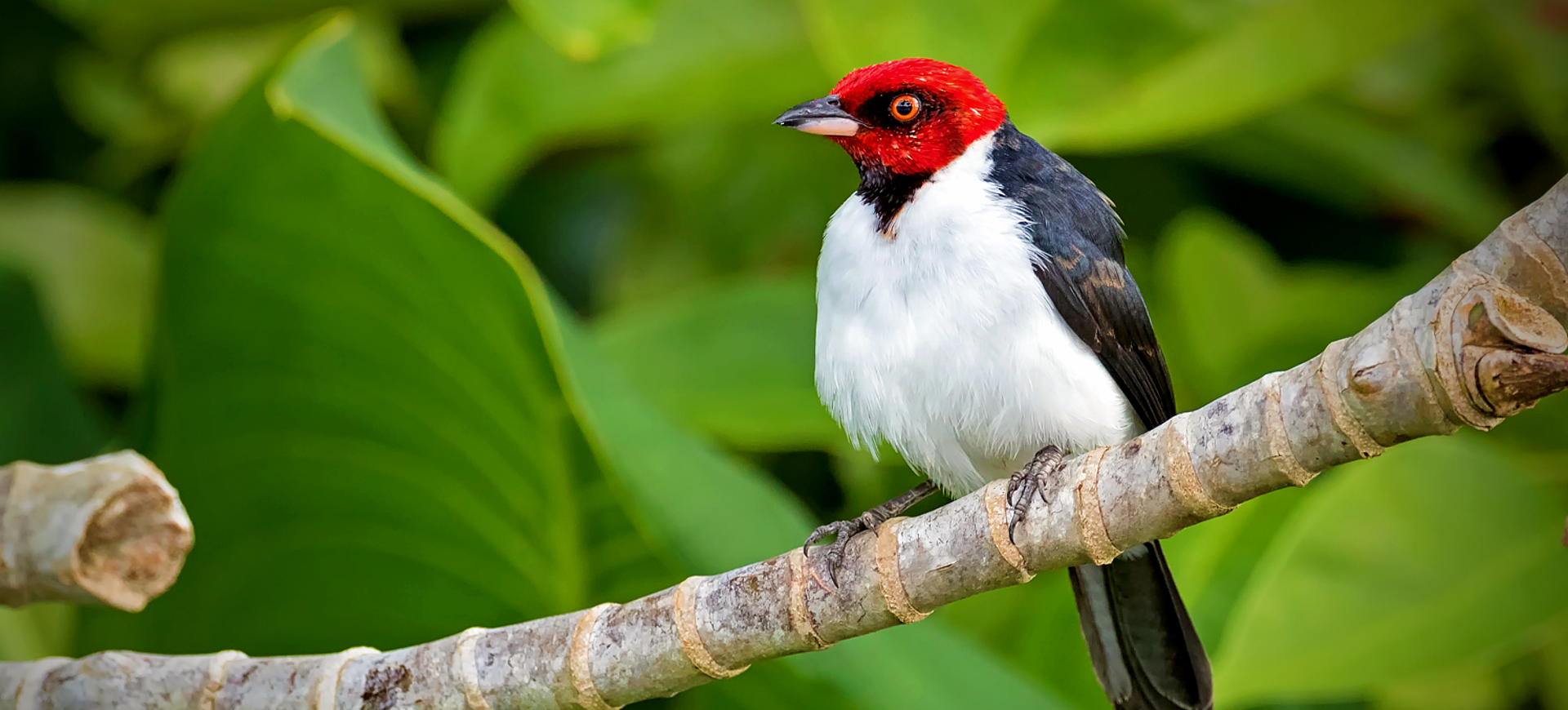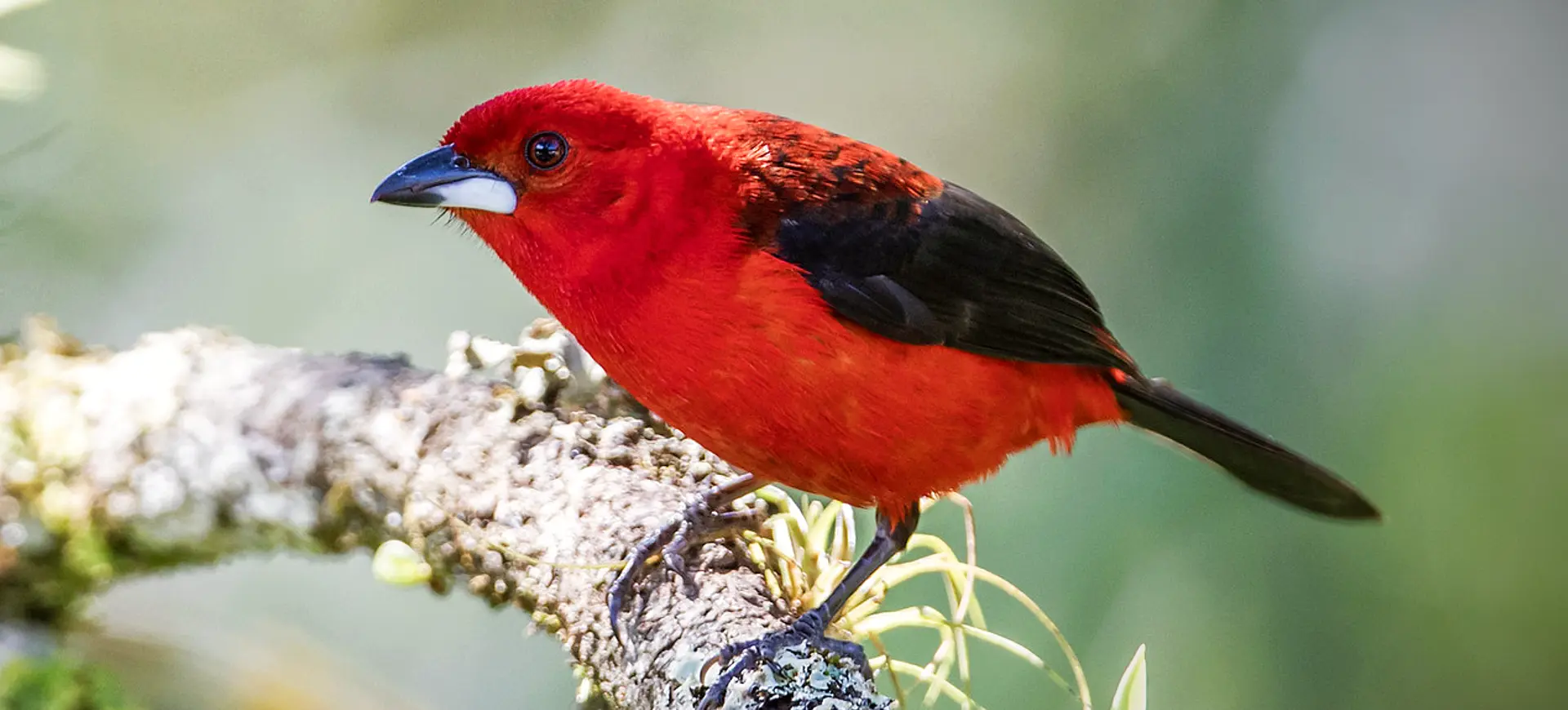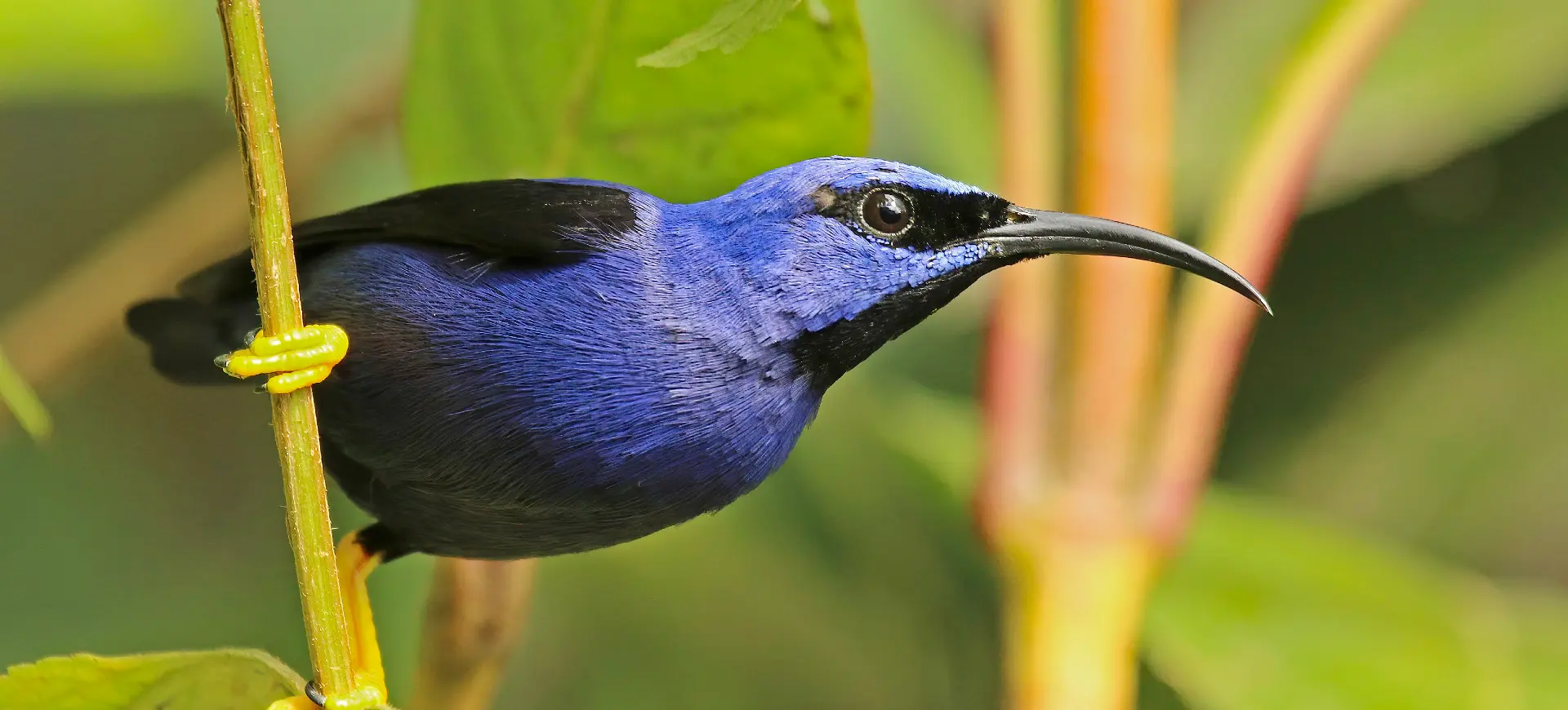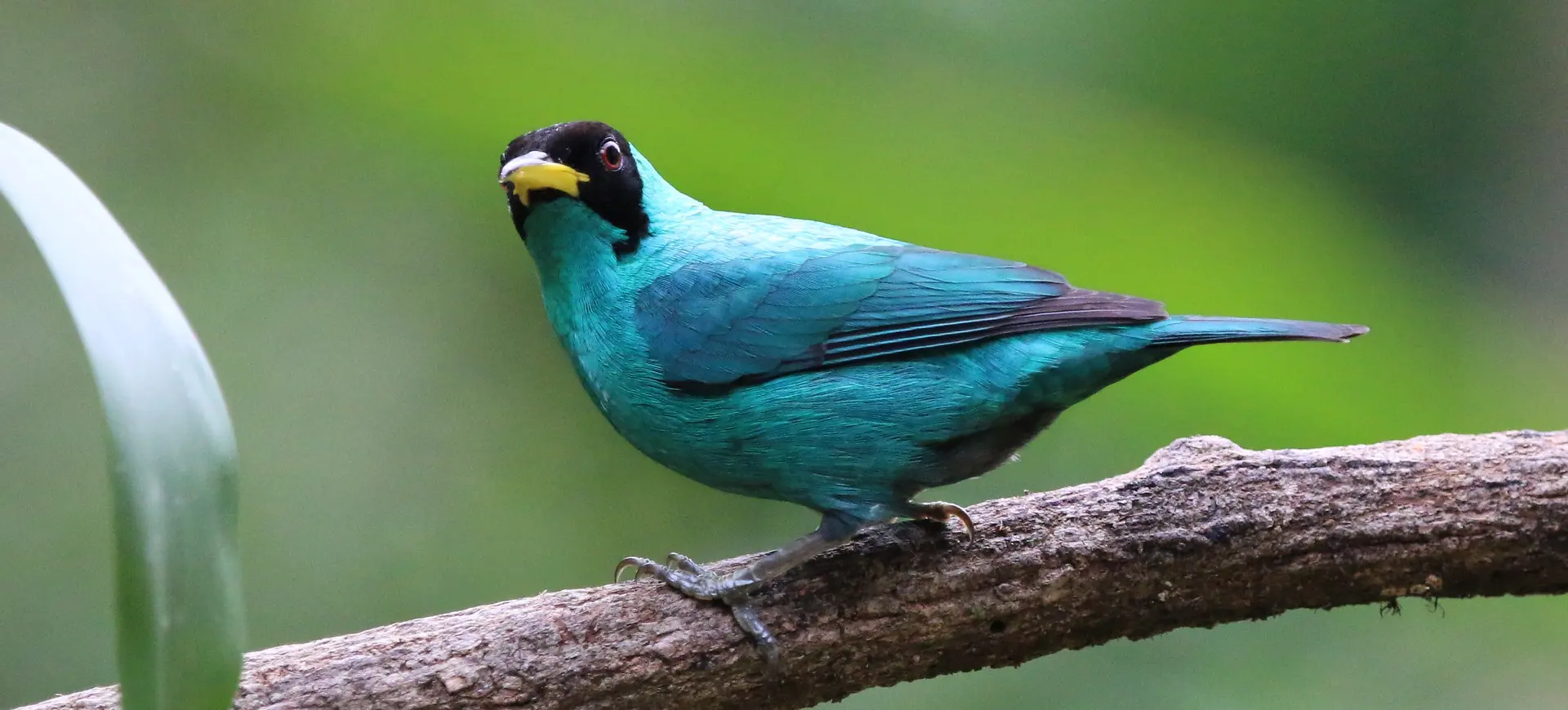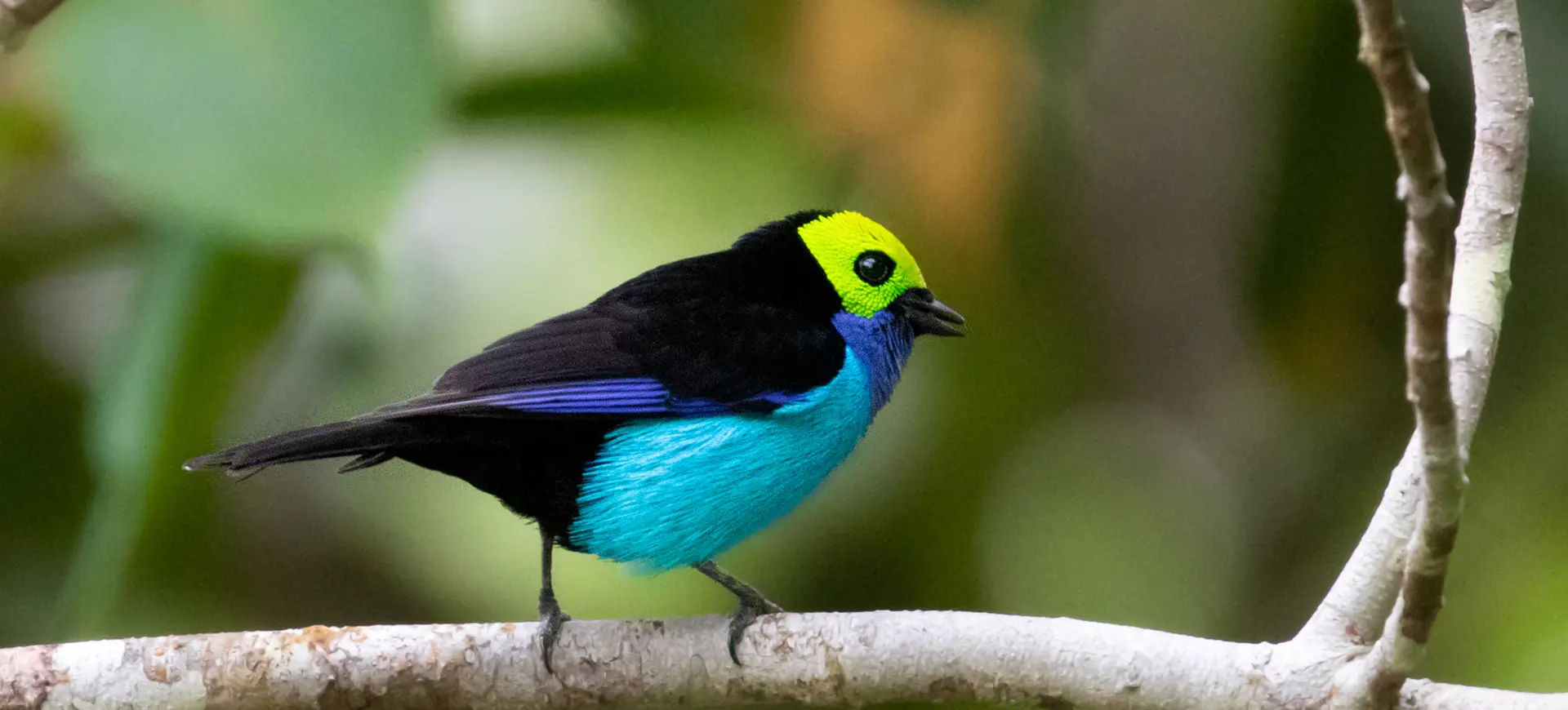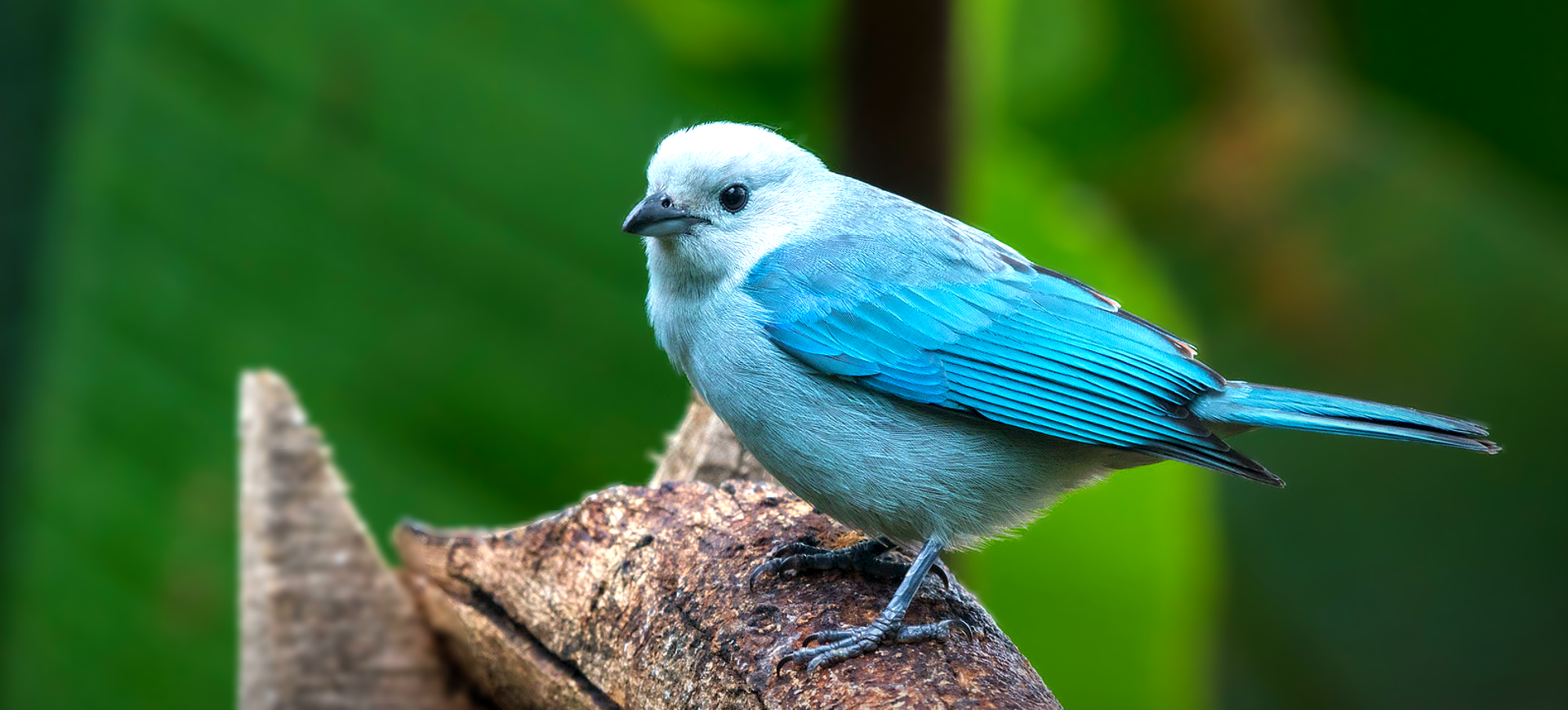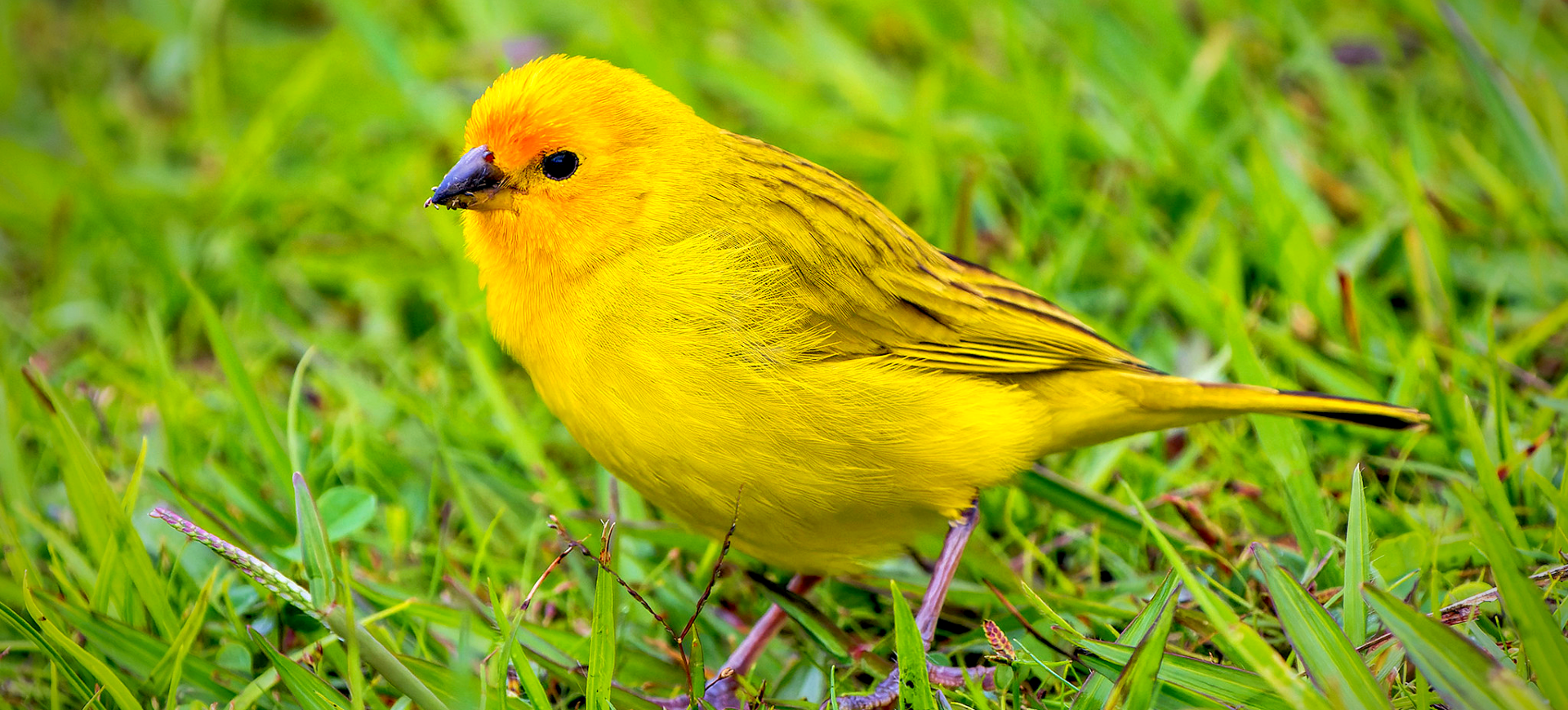Overview
The Red-crested Cardinal (Paroaria coronata) is a striking bird species native to South America. It is particularly known for its vivid red head and crest, contrasting beautifully against its white belly and gray back. Though not a true cardinal, it belongs to the tanager family, Thraupidae, reflecting its diverse and colorful lineage. This species is easily recognizable by its bold coloration and distinctive crest, which can be raised or lowered depending on the bird’s mood and social interactions.
Red-crested Cardinals are commonly found in open and semi-open areas across their range, including forest edges, shrublands, and urban parks and gardens, where they are known for their melodic songs. They have adapted well to human presence, often foraging for seeds and insects on the ground. These birds are highly social and can frequently be observed in pairs or small family groups, engaging in their characteristic foraging behavior or singing from prominent perches.
Their diet primarily consists of seeds and fruits but also insects, making them opportunistic feeders. During the breeding season, Red-crested Cardinals become more territorial, with males often engaging in vocal displays to attract mates and deter rivals. They are popular among birdwatchers and photographers due to their striking appearance and the ease with which they can be observed in their natural habitat.
Taxonomy
Kingdom
Phylum
Class
Order
Family
Genus
Species
Type
Physical Description:
Red-crested Cardinals are medium-sized birds, measuring about 19 to 20 cm long. The most striking feature of this species is the bright red head and crest, which vividly contrasts with its white underparts and grayish back and wings. The tail is short and gray, and the beak is stout and conical, ideal for cracking seeds.
Sexual dimorphism in this species is minimal, with males and females displaying similar plumage. However, juveniles can be distinguished by their duller overall coloration and less pronounced red on the head. The red crest is a visual marker and a communication tool during social and breeding behaviors, allowing individuals to express their mood or status.

Lifespan: Wild: ~4 Years || Captivity: ~15 Years

Weight: Male & Female: 1.2-1.5 ounces (34-42 g)

Length: Male & Female: 7-7.5 inches (18-19 cm)

Wingspan: Male & Female: 7.8-8.6 inches (20-22 cm)

Top Speed: 30 mph (48 km/h)
Characteristic:
Native Habitat:
The Red-crested Cardinal is native to South America and is found in parts of Brazil, Paraguay, Bolivia, and Argentina. Its preferred habitats include open woodlands, forest edges, shrublands, and areas near water sources. The species has also adapted well to human-modified landscapes, such as urban parks and gardens, where abundant food and nesting sites can be found.
This adaptability has facilitated the bird’s introduction and success in other regions, including Hawaii and Puerto Rico, where it has established stable populations. Despite this success, maintaining the integrity of its native habitats remains crucial for the species’ long-term conservation.
Biomes:
Biogeographical Realms:
Continents:
Diet:
Diet & Feeding Habits:
Red-crested Cardinals are omnivores with a diet that includes seeds, fruits, and insects. Ground feeders are often seen foraging in open areas or under vegetation for seeds and fallen fruits. During the breeding season, they increase their intake of insects to provide the necessary protein for their growing chicks.
Their adaptability in the diet allows them to thrive in various environments, including urban areas where they can take advantage of bird feeders and discarded food. This flexibility in feeding habits has contributed to their success in native and introduced habitats.
Mating Behavior:
Mating Description:
Red-crested Cardinals are monogamous, with pairs forming strong bonds lasting several seasons. The breeding season varies depending on their location. Still, it typically occurs during the warmer months when food resources are most abundant—males court females with songs and displays, including puffing up their red crests and performing flight displays.
Nests are constructed by both males and females in trees or shrubs, where they lay 2 to 4 eggs. The incubation period lasts about 12 to 13 days, with both parents involved in feeding and caring for the chicks once they hatch. The young are altricial, requiring several weeks of parental care before being ready to fledge.
Reproduction Season:
Birth Type:
Pregnancy Duration:
Female Name:
Male Name:
Baby Name:
Social Structure Description:
Red-crested Cardinals are social birds, often seen in pairs or small family groups. They exhibit various social behaviors, including cooperative feeding and territorial defense during breeding. Their social nature is also evident in their vocalizations, which are used to communicate within pairs or groups and establish territories.
Their adaptability to living in proximity to humans has made them a familiar sight in many of their habitats, where they contribute to the local biodiversity and offer opportunities for people to connect with nature.
Groups:
Conservation Status:
Population Trend:
Red-crested Cardinals are considered common and stable in their native and introduced ranges. Their adaptability to human-modified landscapes has allowed them to maintain robust populations, even in urban areas. Conservation efforts are focused on habitat preservation and monitoring to ensure that populations remain healthy and sustainable.
In introduced habitats like Hawaii, they have become part of the local avifauna without significant negative impacts on native species reported. However, continued monitoring is essential to ensure their presence does not disrupt local ecosystems.
Population Threats:
The primary threats to the Red-crested Cardinal include habitat loss and fragmentation due to agricultural expansion and urban development. In their introduced ranges, they face competition for resources with native bird species, although significant impacts have yet to be documented.
Conservation measures, including habitat protection and restoration, are vital to mitigate these threats and ensure the species’ long-term viability. Additionally, public education on the importance of native habitats and the ecological role of birds like the Red-crested Cardinal can help foster conservation efforts.
Conservation Efforts:
Conservation efforts for the Red-crested Cardinal include habitat protection and restoration projects in both their native and introduced ranges. In urban areas, creating bird-friendly environments by planting native vegetation and providing water sources can support their populations.
In their introduced habitats, efforts are also made to ensure that they do not negatively impact native species, with research ongoing to understand their role in these new ecosystems. Public engagement and education about the importance of conserving bird habitats contribute to the overall conservation strategy for this species.
Additional Resources:
Fun Facts
- The Red-crested Cardinal is not a true cardinal but a member of the tanager family, known for its diverse and colorful species.
- They are popular in the pet trade due to their striking appearance and melodious song.
- Introduced populations in Hawaii and Puerto Rico have adapted well, becoming common sights in urban parks and gardens.
- Their red crest can be raised or lowered as a visual signal in social interactions.
- Red-crested Cardinals can mimic the songs of other bird species, adding to their vocal repertoire.
- They are known for their tame nature, often approaching humans closely in parks and gardens where they are accustomed to being fed.
- Conservation efforts have helped maintain stable populations despite habitat changes and the challenges of living in urban environments.
- Their presence in urban areas highlights the importance of green spaces for supporting wildlife in cities.
- The Red-crested Cardinal’s ability to thrive in varied environments is a testament to their adaptability and resilience.
- They play a role in seed dispersal, contributing to the health of their ecosystems by spreading the seeds of the plants they consume.







